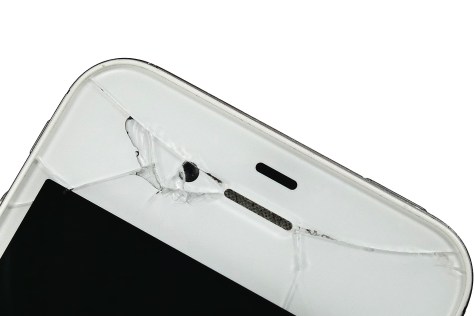
When I managed libraries in FE you often had to field calls from suppliers of PC booking systems. They were always surprised, when I not only said we weren’t interested in their product, but I didn’t see the point and how they improved teaching, learning and assessment.
I know for many libraries I realise that a booking system for the PCs is seen as a vital piece of software, alongside the Library Management System.
However have you ever asked yourself why you have one, and what would happen if you turned it off?

We removed the PC booking systems, as no one could come up with a good business case for them.
Reasons given included to restrict the amount of time a student could use a PC for… never quite understood that one. Yes students should take breaks when using a PC, but is this down to software or better done through education and understanding?
Another issue with time restraints, is that it implies, if you have a one hour limit, that learning takes place in one hour chunks and only one hour chunks! That doesn’t happen!
Other reasons, is that there isn’t enough PCs in the library to meet the demand, so yes a booking system will help constrain demand, but isn’t the issue then to get more PCs, rather than a PC booking system?
PC utilisation data across the whole college, will probably show that there are unused PCs in classrooms, one question to ask is how can they be used more effectively?
I do understand, coming from an economics background that with limited resources and unlimited wants, you can have shortages. The question is do you go down the planned economy route or go for a more laissez faire approach.
The planned approach does cost money in terms of software, hardware, support as well as operational staffing costs. The laissez faire approach means allowing the learners to make decisions about when and how they use the PCs.
One feature of one of these systems said
Whether you use predefined or open text messages, there is no need to physically approach users.
…and this is a good idea, because you wouldn’t want to talk to the learners would you, enabling you to build a working relationship with them, so that they know who is who and whom to go to when needing help.
The sales pitch goes onto say…
“Possible confrontations are avoided, cultivating a more studious environment.
Well we wouldn’t want staff to talk to the learners would we, why would we want that?
From my experience, the opposite is what happens. The staff become more distant from the learners, the library staff see their role is about managing resources and not about supporting learners… resulting a more confrontational environment when it comes to anti-social behaviour, as the learners don’t have a working relationship with the staff and don’t respect the staff or the environment.
We need staff to talk to the learners, we need to build relationships through effective communication, it enables learners to understand that the library staff are a key part of the library and can be a wealth of guidance, knowledge and information that will support the learners in their learning and supporting them in their assessments
We had one complaint from a student who liked to book a PC, so it was booked and reserved, so they could then go and have breakfast… leaving the PC booked, but not being used.
Usage patterns after removing the booking system, demonstrated increased use and higher utilisation.
What we also found with booking systems was that students would book a PC at say 10am. The previous booking would leave at say 9:50am, another learner would find the PC, but knowing it would only be available for 10 minutes doesn’t use it, the learner who booked the PC, then fails to turn up at 10am, we wait 10 minutes before freeing up the PC. This means PCs were “unavailable” as they had been booked, but weren’t been used.
We also found that learners wanted to book PCs so they could sit with their friends and be social, not having a booking system did mean that they could all use a PC, but not necessarily together. This resulted in less behavioural issues in the library.
If someone was desperate and wanted to book a PC for a specific time, then no problem, we did this manually. In other words booking was the exception rather than the rule. The learners could even manage such a system themselves.
As Ofsted noted when they inspected the college:
Outside lessons, many learners make constructive use of the college’s libraries and resources.
No mention of booking systems, or issues with PC access. I should also note that at least one of the inspectors sat in the library alongside learners when working rather than sit in the base room we had provided.
So here’s an idea, why not turn off your booking system for a week, just as a trial and see what happens. Confusion, possibly, chaos, probably not. Another option is, if that idea is too radical, why not have some bookable PCs, but allow others to be fully open access and record utilisation patterns.
I understand that for some library staff they see the PC booking system as a critical component of how they manage resources, from my experience, and especially in times of reduced funding, they are probably one thing that can be removed and the funding used for staff or learning resources, with minimal negative impact and potentially a more positive environment in the library itself.

























